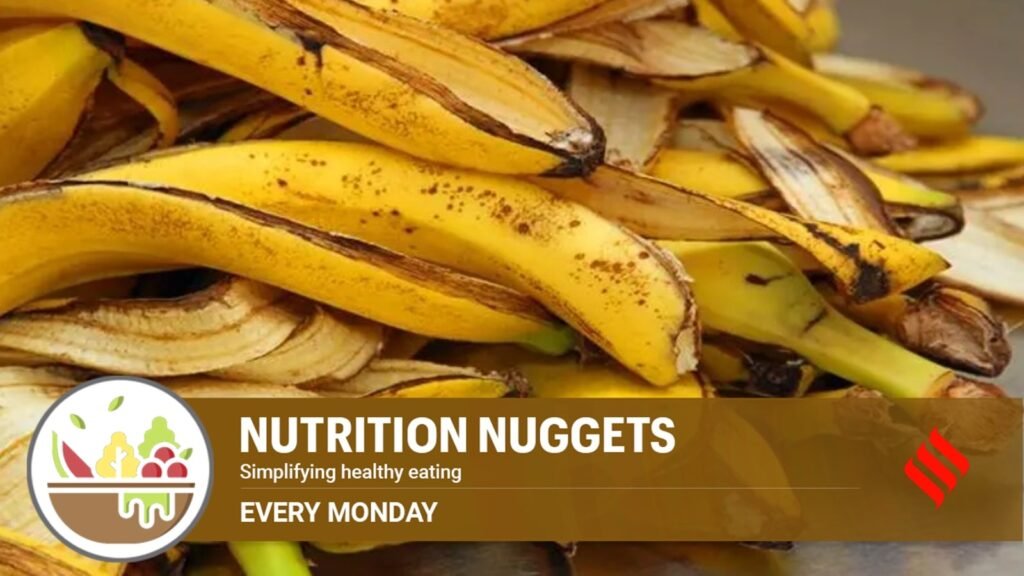
Many of us have often wondered about a simple question: Do fibrous fruits and vegetables always need to be peeled? The most opted answer is not necessarily, as long as hygiene is enforced.
The Case for the Peel
The peels of fibrous fruits and vegetables, such as carrots, cucumbers, apples, beets, sweet potatoes and possibly even kiwis, contain fibre — the superfood ingredient everybody is talking about these days —antioxidants, vitamins and minerals. For example: the apple peel has quercetin, which is an antioxidant, potato skin has potassium and iron while the cucumber peel is made up of insoluble fibre beneficial for gut health.
In most fruits, the peel is cholesterol-free, low in sugar, calories and fat. Banana peels also contain tryptophan, an amino acid that gets converted into the feel-good hormone serotonin, potassium and lutein, a powerful antioxidant for eye health. The white part of the watermelon rind helps improve blood circulation. It contains an amino acid called citrulline that increases blood flow and improves heart health. An orange peel contains three grams of fibre and three times as much Vitamin C as the fleshy part of the fruit.
Hence, many nutrients are found on the skin of the produce or just below the surface. Peeling often washes away these benefits. If this skin is properly washed, it can be quite safe and nutritious.
Hygiene Over Habit
One key reason why people peel produce is concern about pesticides, bacteria and surface grime. These issues can be dealt with if they are not resolved by peeling. Here are some hygiene tips to make unpeeled consumption safer:
● Rinse under running water: This is said to be more efficacious than soaking. Use a vegetable brush for cleaning potatoes, carrots or ginger.
Story continues below this ad
● Gentle cleaners: A wash in one part vinegar to three parts water gets rid of wax and pesticide residues. Baking soda does too.
● Drying first: Using clean cloths to pat-dry prevents moisture that promotes bacterial development.
● Buy organic if at all possible: This removes the possibility of pesticide use.
When You Still Have to Peel
While most peels can be eaten, some should still be removed:
Story continues below this ad
● Waxy or thick-skinned produce may have inedible or bitter skins: pumpkin, taro root and raw mangoes.
● Produce with damage or mold visible on it should be peeled or discarded completely.
Creative Uses for the Skin
Even if the peel isn’t eaten, it can still be of use. Dry citrus or apple peels for tea infusions, potato skins as baked crisps or blending vegetable skins into soups and stocks are some options. In some cases, peeling might be unnecessary, and in fact, can even be harmful from a nutritional and environmental point of view. If cleaned properly and used creatively, eating skin-on might just be a smart choice.
(Kathuria is a clinical dietician and celebrity coach)




